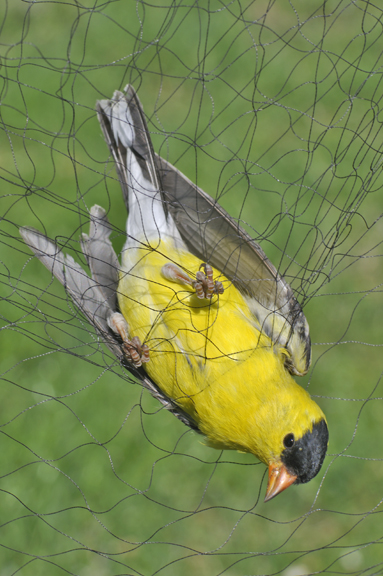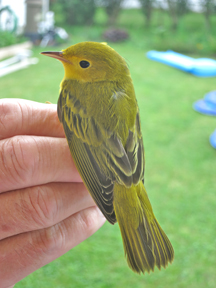When each of our grandkids reaches eight years old, Jan and I take them on an eight-day camping trip to the Dolly Sods Wilderness. This was Brady’s year.
On one all-day hike with Jan and Brady I found a wildflower I wanted to photograph. After we were done hiking I decided to go back to the flower and shoot some pictures. Brady wanted to go with me so we hiked there together. It takes me a long time to set up photos…determining the lens, photo angles, lighting and camera settings. Brady’s questions while he watched patiently showed the beginning of an interest in photography and wildflowers. Following are a few of the wildflowers we found and I photographed. It was great fun.
(left) Dewdrops/False Violet (c) Bill Beatty …Northland Loop Trail and (right) Indian Pipes (c) Bill Beatty …High Mountain Meadow Trail. We spotted Indian Pipes in many places on many trails.
Turk’s Cap Lily (c) Bill Beatty …along the Dolly Sods road…Forest Service Road 75
Common Milkweed (c) Bill Beatty …along the Dolly Sods road in many places. As soon as the flowers opened, the bees arrived. Some flower heads were bent over by the weight of the bees. There were lots of different butterflies around the Milkweed, including our FOY Monarch.
(left) Oceanorus (c) Bill Beatty … was abundant in several places and (right) Narrow-leaved Gentian (c) Bill Beatty …both at Alder Run Bog
(left) Thimble Weed (c) Bill Beatty …and (right) Fireweed (c) Bill Beatty …along the Dolly Sods road…Forest Service Road 75
(left) Wood Lily (c) Bill Beatty …Bear Rocks and (right) Small Green Wood Orchid (c) Bill Beatty …(found in several places)…South Prong Trail
(left) I was surprised to find Wild Bleeding Heart (c) Bill Beatty …still in bloom along the Big Oaks Trail. (right) Bee Balm (c) Bill Beatty …Dolly Sods Picnic Ground.
One day we went off the Dolly Sods plateau and hiked the Blackwater River Trail in Canaan Valley State Park. (left) Blue Vervain (c) Bill Beatty …and (right) Swamp Milkweed (c) Bill Beatty.
We hear a lot about “Spring Wildflowers”….on Dolly Sods. This July every trail was profuse with colorful, delightful Summer wildflowers.






















